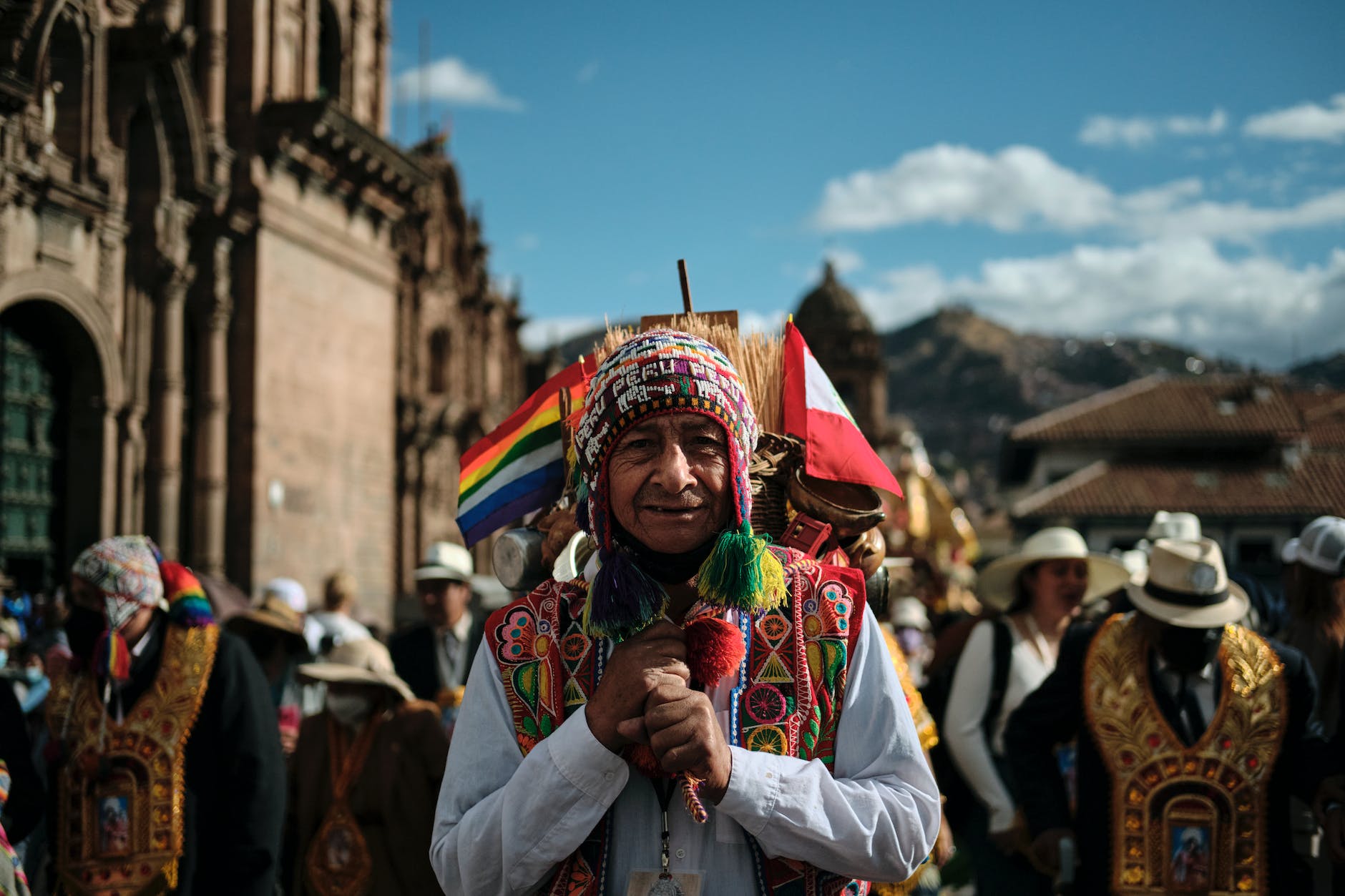The Enigmatic World of Indigenous Psychedelic Art
Throughout history, human beings have been compelled to express their inner experiences through art. This is particularly true of indigenous peoples, who have harnessed the power of their spirituality and culture to create breathtaking works of psychedelic art. These artworks, which frequently depict otherworldly visions and cosmic wisdom, often take on a transcendent quality that can only be described as mystical. In the following article, we will explore the rich tapestry of indigenous psychedelic art, shedding light on the unique influences and traditions that inform this extraordinary genre.
Originating from diverse cultures across the globe, indigenous psychedelic art finds its roots deep within the annals of human history. For millennia, indigenous communities have used a variety of psychedelic substances, such as ayahuasca and peyote, to access altered states of consciousness, and they have subsequently translated these experiences into sublime and complex works of art. In many cases, these art forms provide a crucial link to their culture’s ancient past, allowing indigenous people to maintain and preserve a vital connection to their ancestry and spiritual heritage.
One of the predominant cultures associated with indigenous psychedelic art is that of the native Amazonian tribes of South America. Renowned for their use of the hallucinogenic brew ayahuasca, these tribes have developed a rich tradition of shamans, who serve as intermediaries between the spirit realm and the physical world. Through intricate paintings, textiles, and pottery designs, these shamans visually convey the essence of their ayahuasca-induced visions, which often feature elaborate geometric patterns, intricate symbols, and vivid color palettes. The art of indigenous Amazonian tribes, such as the Shipibo and the Tukano, provide a stunning example of the intricate connection between spirituality, psychedelic experience, and artistic expression. A prime example of this is the Shipibo art that features mesmerizing patterns that represent the underlying vibrational structure of reality, as perceived through ayahuasca sessions.
Similar acts of artistic expression can be found in the indigenous communities of North America, particularly among the Huichol people of Mexico. As a key component of their religious and cultural practices, the Huichol engage with the psychoactive cactus peyote to forge a bridge to the mystical nierika, a threshold between the human and the divine. To document and share their ineffable experiences, the Huichol produce vibrant yarn paintings and beadworks, which often depict the colorful symbols and patterns encountered through the peyote-induced visions.
Indigenous communities in Australia, such as the Aboriginal peoples, have also crafted a rich history centered on psychedelic art. Drawing on their storied traditions of Dreamtime, the creation period in their mythic history, Aboriginal artists often use mesmerizing ochre paintings and songlines to essentially “map” the landscape both physically and spiritually. Much like the Amazonian tribes, the Aboriginal peoples have long-standing ties to their psychedelic heritage, which informs much of their art and culture.
At the core of indigenous psychedelic art, we find a unique fusion of cultural tradition, spirituality, and transcendent wisdom. As each form of art is deeply rooted in its respective culture’s history, these expressions often serve as a bridge to a distant past, allowing indigenous communities to maintain vital connections to their ancestry and spiritual heritage. By translating these psychedelic experiences into visual imagery and tactile forms, indigenous psychedelic art offers viewers an opportunity to glimpse into a world rarely seen, shedding light on the fascinating impact these experiences have had on human culture throughout the ages.
In conclusion, indigenous psychedelic art represents a rich and diverse tapestry of human expression, drawing from a vast array of cultures and traditions. Whether hailing from the Amazon, the deserts of North America, or the outback of Australia, these mesmerizing artworks provide a unique glimpse into the otherworldly and ineffable realms encountered through altered states of consciousness. As a testament to the potency of the psychedelic experience, these indigenous art forms serve to bridge the gap between the divine and the mundane, revealing the inherent interconnectedness of human existence.





